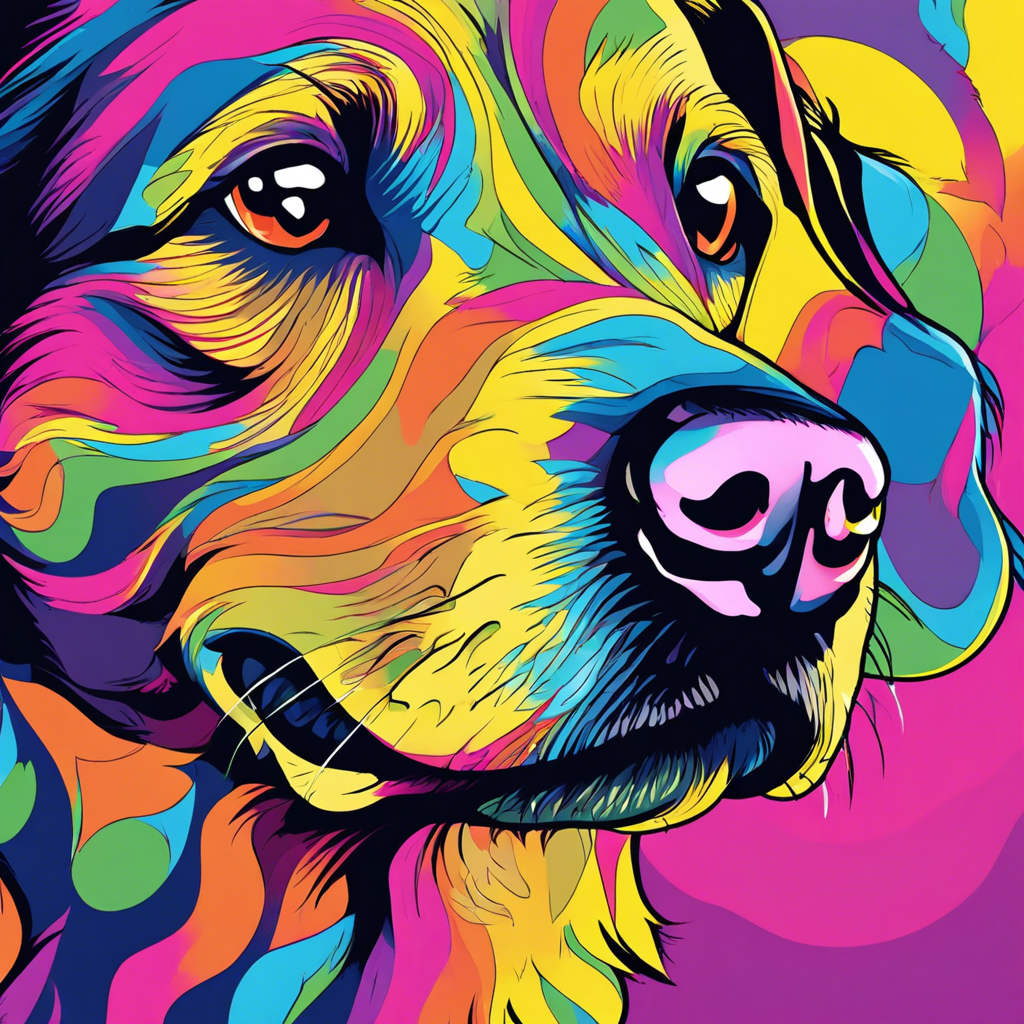Dogs have long been man’s best friend, but have you ever wondered what the world looks like through their eyes? It’s a common misconception that dogs can only see in black and white. While their color vision is not as vibrant as ours, they do indeed see a colorful world. So, let’s explore the fascinating topic of canine color vision and dispel some myths along the way.
Contrary to popular belief, dogs can see more than just black, white, and gray. Their color perception is similar to that of humans with color blindness, particularly deuteranopia, which is a type of red-green color blindness. This means that dogs mostly see shades of yellow, blue, and violet. The colors red, green, and orange may appear more yellowish or brownish to them, while blue and purple hues are likely seen more vividly.
The reason for this difference in color vision lies in the composition of the retina. The retina contains two types of photoreceptor cells – rods and cones. Rods are responsible for seeing in low light conditions and detecting motion, and cones are responsible for color vision and visual acuity. Humans typically have three types of cone cells, each sensitive to different wavelengths of light, allowing us to see a wide range of colors. Dogs, on the other hand, have only two types of cones, which limits their color perception.
So, how does this impact a dog’s everyday life? Well, for one, it might explain why your furry friend doesn’t seem interested in the bright orange toy you just bought. The toy may appear as a shade of brown or yellow to them, making it less visually appealing. However, they can still distinguish between different objects and their surroundings, just based on the shades of colors they can perceive.
Understanding a dog’s visual abilities can also help us in their training and care. For example, using bright blue or yellow toys during playtime can be more engaging for them since these colors stand out in their visual spectrum. Additionally, considering their reduced ability to distinguish between certain colors can help in designing pet-friendly environments, such as using high-contrast color schemes for obstacles or creating accessible spaces.
In conclusion, while dogs don’t see the world exactly as we do, they do experience it in color. Their vision is adapted for their survival and needs, allowing them to navigate their surroundings effectively. So, the next time you’re out with your canine companion, take a moment to appreciate the unique way they perceive the world around them.

